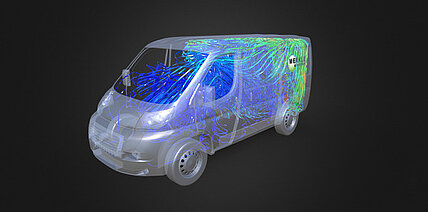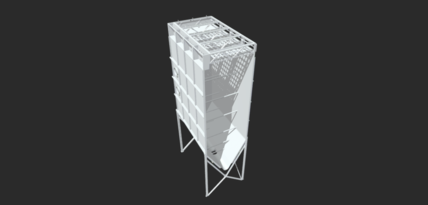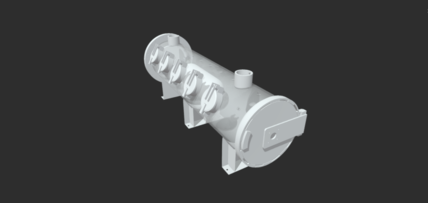Leifheit window vacuum cleaner
Assembly process - simulation
FEM simulations make the physical behavior of assemblies, components and materials visible for different load cases.
This is why the finite element method (FEM or FEA for finite element analysis) is so valuable for modern product development. It can be used to predict physical behaviour, prevent damage in advance and optimize components in terms of weight and material usage.
Tests can be carried out on virtual prototypes as early as the design stage.
FEM calculations provide you with digital insights into your product development that would otherwise have remained hidden. This saves time and resources. At the same time, you accelerate your product development and benefit from findings that improve your product design.
Status descriptions
State 1 shows the initial geometry of the CAD model of the window suction cup.
Condition 2 shows an intermediate step in the removal of the head piece. The stressed areas of the plastic in the area of the clip connection are clearly visible.
State 3 shows the clip connection during further extraction, where the highest stress occurs in the plastic.
We examined and optimized the window vacuum cleaner shown here in cooperation with Leifheit. The following topics were examined:
When attaching and detaching the head piece, the snap connection must be dimensioned in such a way that the assembly force is not too high, but at the same time the head piece does not come loose during operation. The plastic used must not be overstretched (white elongation) and must not break during its service life.
We carried out further tests on the sealing lips. Here it must be ensured that the system remains tight even after a long period of time. This is not trivial, especially in the corner areas.





